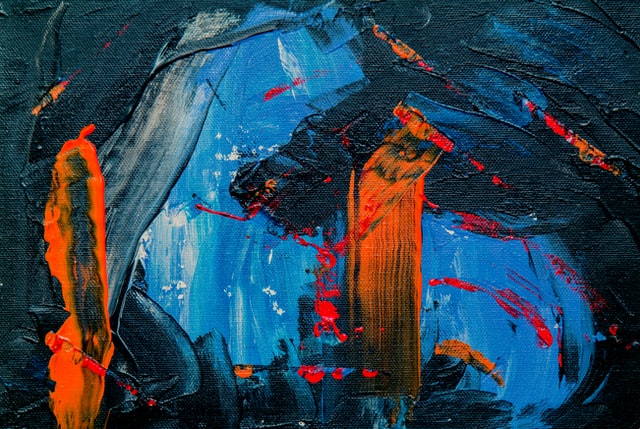
Expressionism paintings are avant-garde interpretations of the street scene. They capture the anxiety and frustration of modern man by presenting an emotional experience, evoking moods and ideas. As with all great art, expressionist works are often very personal. Read on to learn more. What Are Expressionist Paintings? – A Guide to Modern Art
Expressionist paintings represent the universal anxiety of modern man
Munch’s famous paintings are some of the most famous artworks. They evoke the universal anxiety of modern man with their garish colors and highly simplified forms. Using a high viewpoint, Munch reduces his agonized figure to a garbed skull in the throes of an emotional crisis. While his work was influenced by northern European painting, it is more personal and speaks to the universal anxiety of modern man.
Abstract Expressionist art combines figurative and abstract elements to create a new painting style. The term “abstract” refers to works by painters who combine vigorous gestural mark-making and a universal theme. This movement developed in America after World War II, influenced by the legacy of Surrealism and the mood of anxiety post-war. Expressionist paintings are now viewed throughout the world.
They are avant-garde interpretations of the street scene
A group of artists who rejected the mimetic representation of the street scene is called avant-garde. This term refers to artists who break the rules of traditional painting and art by seeking inspiration from faraway cultures, children, and the artistic output of the mentally ill. The artists were also critical of the current status quo in modern society, so they aimed to change that by adopting new styles and techniques.
Initially, the Expressionist movement emerged in the 1920s in Germany. They eschewed realistic representations in favor of exaggerated lines and colors to create a stronger emotional impact. The movement aimed to create a new style of art freer from social conventions and more expressive of the artist’s feelings. The movement has a long tradition of inspiring artists, and many of its most significant works are considered classics by art historians.
They convey the only inner life
Expressionist paintings are often vibrant and dynamic, conveying powerful emotions. They often utilize complementary colors to create dynamic compositions. The expressionist style of artistic expression was spontaneous and often reflected feelings of cynicism, frustration, and disillusionment. Artists began straying from the physical world in the post-World War I era, which often led to their expressing only their inner lives. This is particularly apparent in their paintings of everyday people.
These works depict painful and violent topics in many cases, but this is not a strict definition. The artists in this style used color to express their emotions rather than to depict reality. Some of them interpreted their subjects highly personalized way, creating distorted, angular scenes that emphasized their inner lives. For example, one painting depicts three blue horses staring at a landscape with a secluded pond.
They are influenced by Impressionism
Expressionism and Impressionism were art movements that developed during the nineteenth century in reaction to rapidly changing urban environments. They were inspired by European medieval and Renaissance artists and African wood carvings. As a result, they were often characterized by two-dimensionality, no perspective, and a focus on feelings. The basic characteristics of both movements can be summed up by the term “Dionysian”: bold colors and forms with little regard for perspective.
The first Expressionist movement began in Germany in 1905, when four young artists in Dresden came together to create work influenced by both movements. This group was called “The Blaue Reiter” and showed a remarkable transition between Impressionism and Expressionism. These paintings’ thick colors and rough brushstrokes are typical of this movement. They were among the first artists to apply color in a non-conventional way.
They are intensely personal art forms
Expressionist art is a history of deeply personal expression. Expressionists often depict the most personal moments of their lives. These paintings often deal with themes of love, death, and morbid eroticism. They also depict the child or savage as well as scenes from nature. Many artists were influenced by Romanticism, the movement that had been around for centuries. Here are five artists who made a name for themselves through their paintings.
Expressionists took inspiration from urban landscapes and drew from their inner sanctum. Their paintings often exhibited exaggerated shapes and brush strokes. Their subjects often featured individuals who had been ostracized or isolated from society. They often depicted prostitutes or the emotional distancing that many people felt within cities. Expressionist art was deeply personal and often evocative.